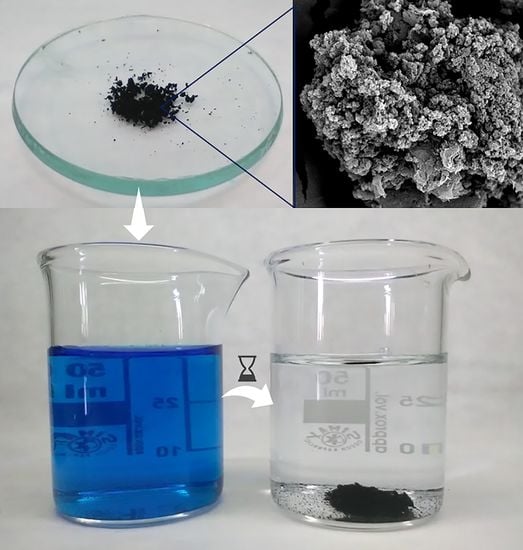A Polymeric Composite Material (rGO/PANI) for Acid Blue 129 Adsorption
Abstract
Share and Cite
Kukulski, T.; Wacławek, S.; Silvestri, D.; Krawczyk, K.; Padil, V.V.T.; Fryczkowski, R.; Janicki, J.; Černík, M. A Polymeric Composite Material (rGO/PANI) for Acid Blue 129 Adsorption. Polymers 2020, 12, 1051. https://doi.org/10.3390/polym12051051
Kukulski T, Wacławek S, Silvestri D, Krawczyk K, Padil VVT, Fryczkowski R, Janicki J, Černík M. A Polymeric Composite Material (rGO/PANI) for Acid Blue 129 Adsorption. Polymers. 2020; 12(5):1051. https://doi.org/10.3390/polym12051051
Chicago/Turabian StyleKukulski, Tomasz, Stanisław Wacławek, Daniele Silvestri, Kamil Krawczyk, Vinod V. T. Padil, Ryszard Fryczkowski, Jarosław Janicki, and Miroslav Černík. 2020. "A Polymeric Composite Material (rGO/PANI) for Acid Blue 129 Adsorption" Polymers 12, no. 5: 1051. https://doi.org/10.3390/polym12051051
APA StyleKukulski, T., Wacławek, S., Silvestri, D., Krawczyk, K., Padil, V. V. T., Fryczkowski, R., Janicki, J., & Černík, M. (2020). A Polymeric Composite Material (rGO/PANI) for Acid Blue 129 Adsorption. Polymers, 12(5), 1051. https://doi.org/10.3390/polym12051051









